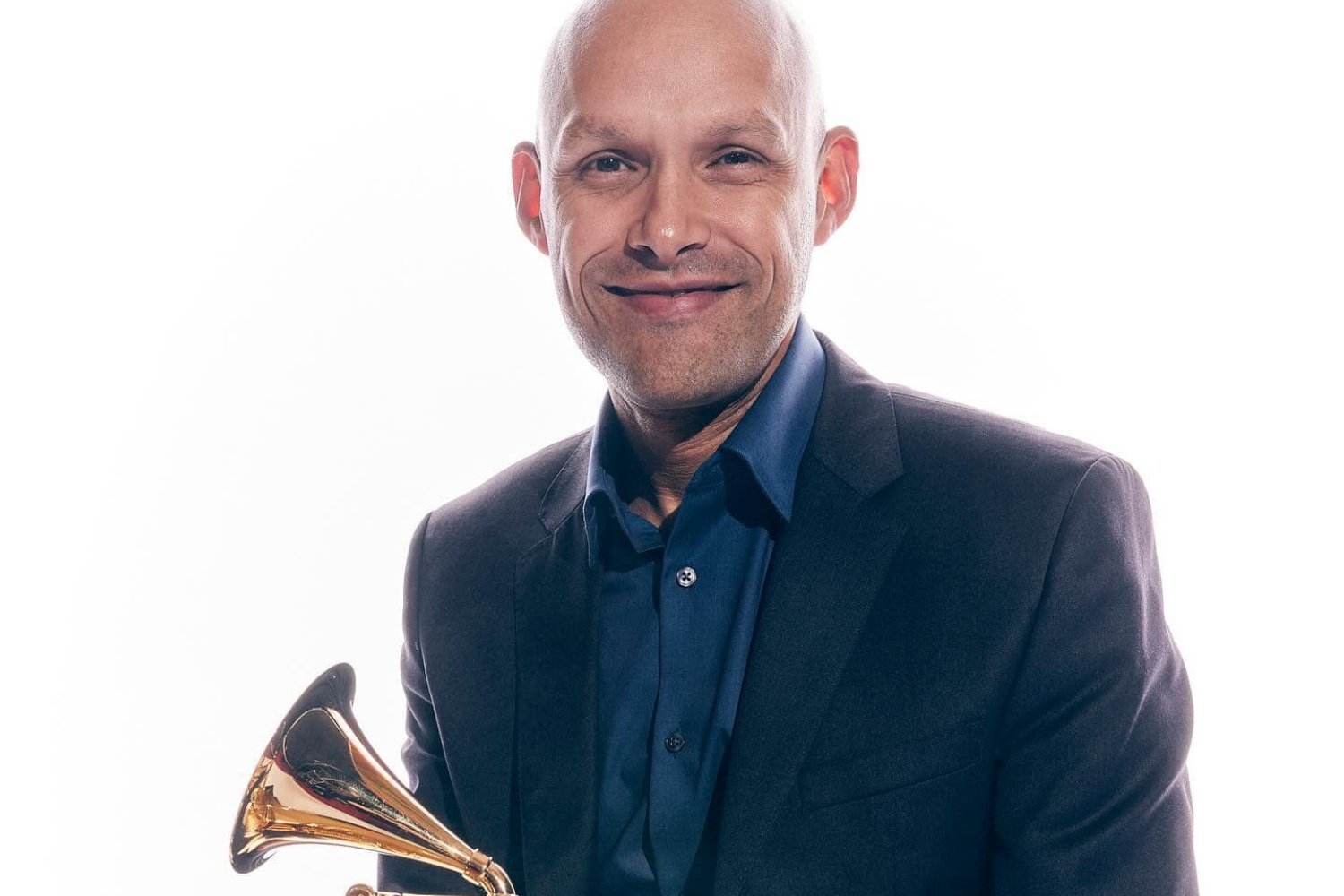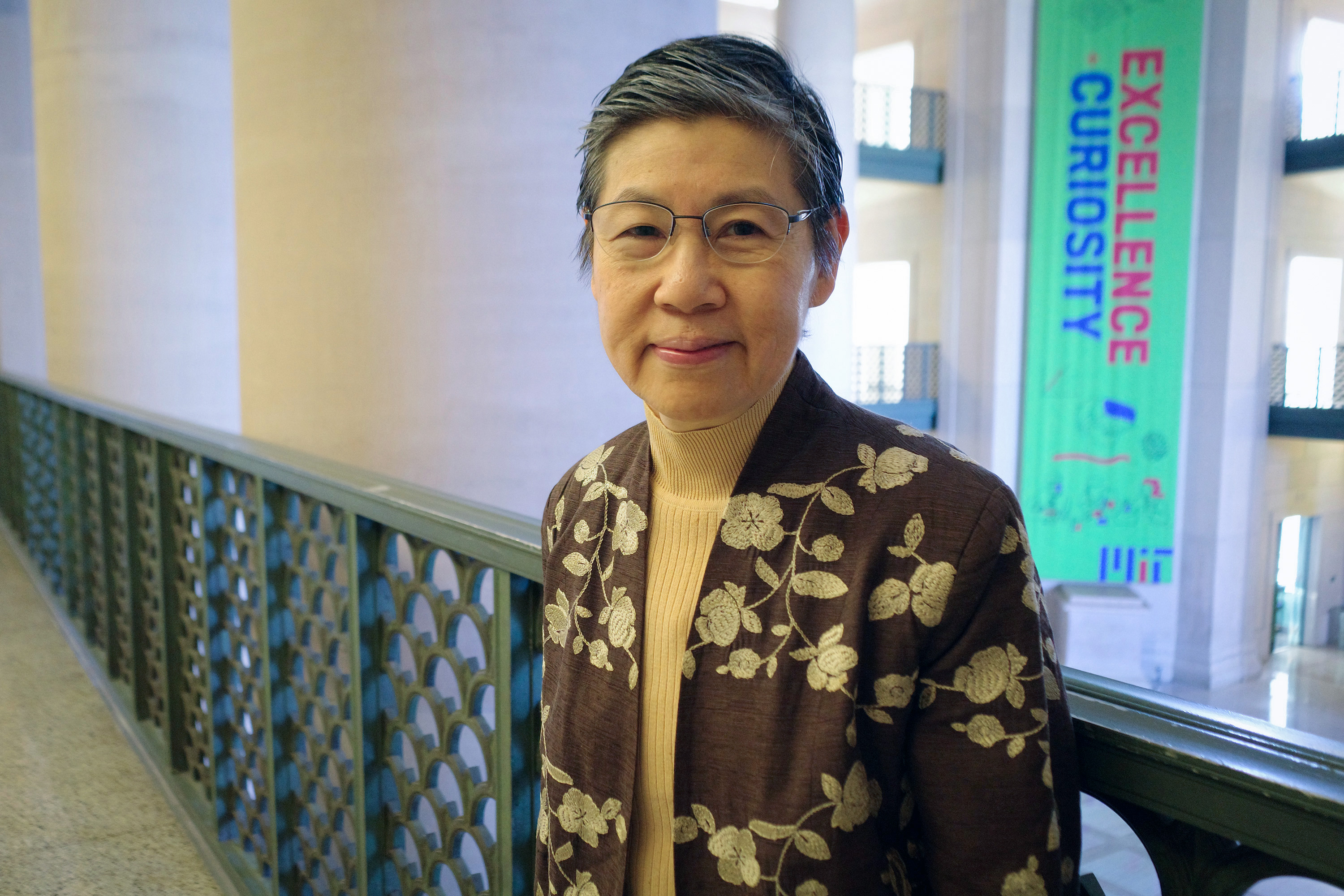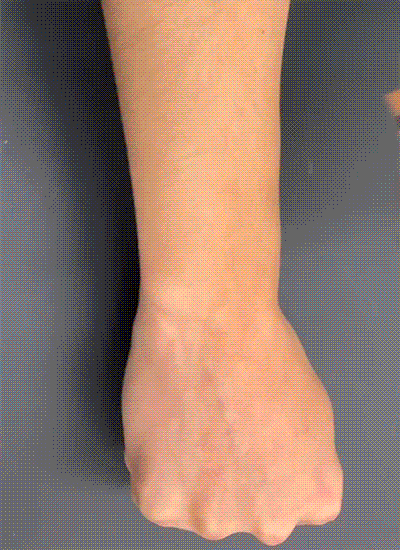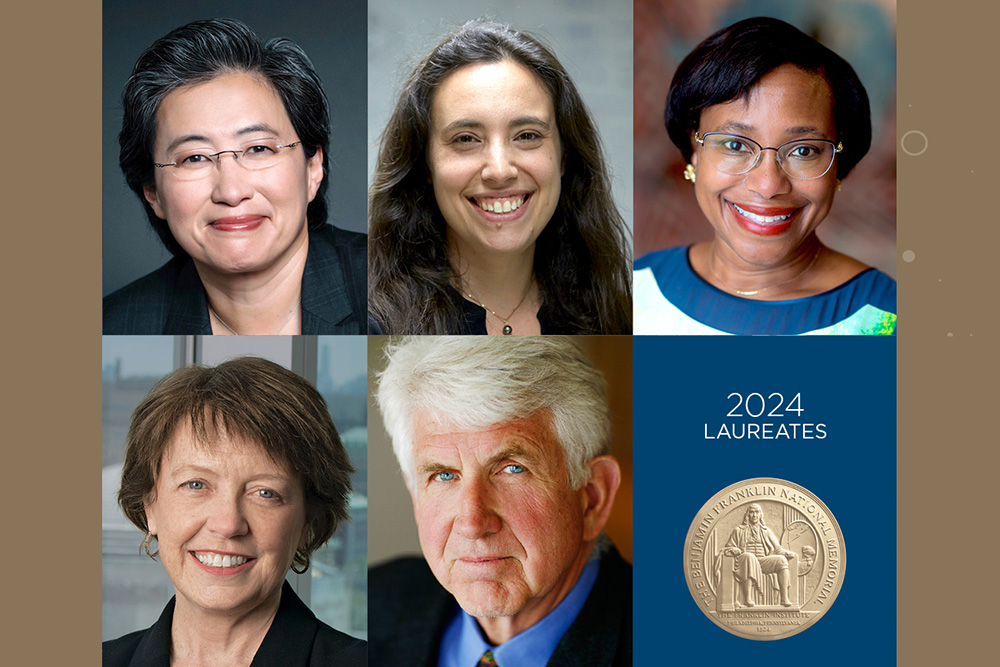Growing up in Thailand, Annie Srethabhakti Liau could not have imagined spending the bulk of her career working at the storied Massachusetts Institute of Technology. Now, as she heads into retirement, she and those around her are reflecting on her journey to Cambridge, Massachusetts, and on four decades as an integral member of the MIT community.
One of the longest-serving physicians at MIT Health, Liau is an obstetrician and gynecologist who managed the delivery of some 1,500 babies and oversaw an estimated 100,000 visits with patients during her tenure at the Institute. For her extraordinary work ethic and unsurpassed care for patients and colleagues alike, Liau has become a beloved figure at both MIT and at the affiliated hospitals she’s worked at for the past 39 years.
From Bangkok to Cambridge
Liau was born in Bangkok to Chinese parents, the eldest of six children. Her father was a physician who traveled the world for his training and practice, so Liau was exposed early on to the idea of caring for others as a vocation. Her parents strongly valued education for all their children and made that a priority, starting with young Annie. In school, her teachers encouraged her inclinations toward math and science, and her stellar grades earned her a place at Mahidol University, where she decided to follow in her father’s footsteps and pursue a career in medicine.
In the 1970s, when her mother opted to move the family to the U.S. to be closer to relatives already here, Liau, then a young adult, followed suit. She initially stayed in Thailand to complete her medical training at Mahidol, but after passing a number of exams, Liau began her career in New England, at medical centers in Waltham and Brighton, Massachusetts, and Danbury, Connecticut. By this time, she had decided to specialize in obstetrics and gynecology. “I feel that it’s a miracle to be part of the beginning” of life, she says. “Continuing the journey with the patient to all the stages in life, it seemed to be very fulfilling.”
Before long, she saw a position listed in the New England Journal of Medicine for a full-time physician at what was then MIT Medical — now MIT Health. It was the mid 1980s, and MIT Health had recently moved into its current location in Building E23 from its previous headquarters in Building 11. Liau was excited about the opportunity to serve a changing Institute population — one in which women were an increasing percentage of the student and faculty bodies.
“I just love the feeling of caring and healing,” Liau says. “I always felt from the beginning that MIT Medical is MIT Health: It always embraces the wellness, immunizations, community support. It wasn’t just taking care of the sick. … We need to take care of the MIT population so that they are well and they can focus on their work, so they can actually achieve their goals.”
Infinite care
From the start, Liau’s services were in high demand. An MIT Tech Talk article from the early 1990s described a period in which “the queue to see her was extremely long.” At the time, MIT Health doctors oversaw the births of some 200 babies per year — a number that Liau says has since dropped by about two-thirds, largely mirroring a national trend in birth rate.
During her time at MIT, Liau held appointments at several Boston-area hospitals, where she helped Institute affiliates give birth at all hours of the day and night. In addition, she served as a part-time instructor with Harvard Medical School (HMS). She was also a preceptor for gynecology residents at Brigham and Women’s Hospital, and for medical students from HMS, the Harvard-MIT Program in Health Sciences and Technology, and Boston University. And she has served on numerous committees and professional societies, including as the past president of the Obstetrical Society of Boston.
Back on campus, Liau not only supported those expanding their families but also any community members in need of basic gynecological care.
“With our recent rebrand to MIT Health, we’ve been talking about ‘Infinite Caring’ as the underpinning of how we care for the people of MIT. To me, Dr. Liau is the epitome of Infinite Caring — and has been for 39 years,” says Cecilia Stuopis, MIT’s chief health officer and a fellow obstetrician/gynecologist. “She has cared for generations of women at MIT by being curious about their lives, their well-being, and their overall state of health. She is always learning and always teaching her patients and colleagues about what she has learned. Most importantly, she does all of these things with incomparable levels of kindness; kindness defines Dr. Liau in all aspects — professionally and personally.”
“Dr. Liau has been the foundation of our department,” says Chana Wasserman, chief of obstetrics and gynecology at MIT Health who has worked with Liau for over 26 years. “She is very personable and truly interested in people’s wellness. She always wants to learn from everyone and everything. She reads and retains everything she hears or learns. When professors, graduate students, or postdocs request her help with their research studies, she goes above and beyond to really try to help them. She has tremendous empathy for patients and colleagues alike.”
At a recent farewell event during which Liau had a chance to say goodbye to longtime patients, one attendee noted that while it’s unusual to look forward to gynecological appointments, she found that to be the case every time she went to see Liau.
“With Annie, it seems the construct of time is nonexistent and all that matters is that patient and their well-being,” says Nicole Napier, population health manager at MIT Health who worked closely with Liau for 18 years in her former role as the OB/GYN nurse practice manager. “She understands the true ‘health’ of a person is shaped by their personal relationships, diet, sleep, overall outlook on life, and many other factors. Her goal is to assess and advise on as many of these factors as possible to make you the best human being you can be. … Her ability to care knows no limits.”
Part of the family
In recognition of her remarkable service, Liau has over the years earned four MIT Health awards, including two Infinite Mile Awards, for clinical excellence and for lifetime contribution; the Commitment to Care Team Award; and the Patient Choice Award. She also regularly earned MIT Health’s highest Press Ganey scores, which measure patient satisfaction.
Colleagues and patients have expressed myriad ways in which Liau will be missed — from sharing findings from seminars she’d attend to constantly serving as a valued partner in health as well as a cherished friend.
Several colleagues mentioned Liau’s gifts of fruit — oranges and persimmons, especially — that would frequently appear on their desks. “I had always thought that Dr. Liau only gave me fruit since she knew I would never bring lunch to work,” says Wasserman. “At her retirement party at Mount Auburn [Hospital], though, one of the speakers asked the audience to raise their hand if they had ever received a piece of fruit from Dr. Liau. Almost the entire crowd raised their hands! This is just a small way that she made sure not only that I had something to eat, but that everyone she knew was kept healthy and well.”
“Every day she walks into the building, whether she’s scheduled to work or not, she cares about her patients and colleagues,” adds Eleashea Passley, a patient service representative at MIT Health who worked with Liau for 19 years. Liau was, according to Passley, “a social butterfly” who, in addition to fruit offerings, often delighted her team with lunch orders of comfort food to help keep spirits high.
In retirement, Liau is looking forward to quality time with family. She plans to help care for her mother, who is now 90 and looking to move back to Massachusetts following four years on the West Coast. She also aims to visit with her siblings, nieces, nephews, and their children around the country. And she hopes to get a bit more sleep and exercise, and to attend more lectures, services, and other events.
“I will miss the connection between me and my patients, and also the staff at MIT and at the hospital. I have been at MIT more than half of my life, so it’s really special. I feel like I grew up here,” says Liau. “I feel very moved and very thankful for the love and appreciation from my patients, and I’m grateful for their trust and for the support throughout the years. I feel like they’re part of my family. … I just help to navigate the care, like someone in the family, but I’m really grateful and thankful that they looked out for me, too.”








